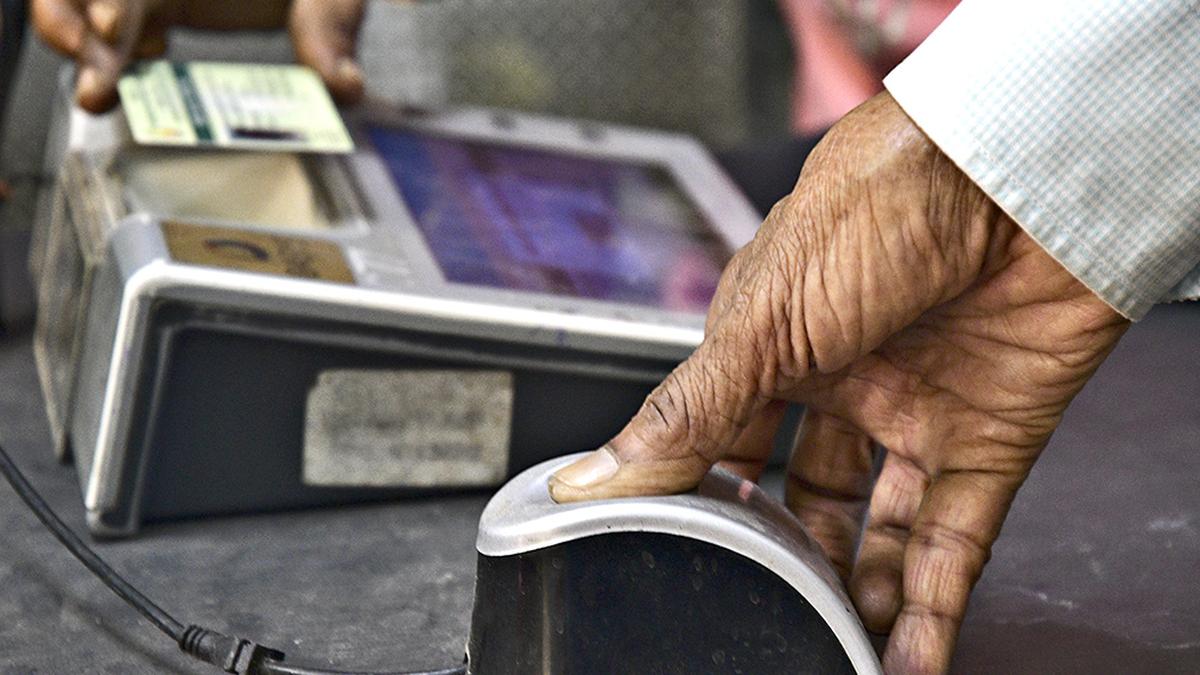Description
Context: The recently enacted law that dismantles the monopoly of APMC (agricultural produce market committee) mandis, thereby allowing sale and purchase of crops outside these state government-regulated market yards, may not have faced serious farmer opposition had it included a provision safeguarding the continuance of the existing minimum support price (MSP)-based procurement regime.
What does the law say about MSP?
- The Farmers’ Produce Trade and Commerce (Promotion and Facilitation) Bill does not give any statutory backing to MSP.
- The new legislation has “nothing to do with MSP”. Instead, its objective is simply to grant farmers and traders the freedom of choice to sell and buy agricultural produce outside the premises of APMC mandis.
- “MSP was not part of any law before. Nor is it part of any law today.”
- The National Food Security Act, 2013 (NFSA), provides a legal basis for the public distribution system (PDS) that earlier operated only as a regular government scheme.
- The NFSA made access to the PDS a right, entitling every person belonging to a “priority household” to receive 5 kg of foodgrains per month at a subsidised price not exceeding Rs 2/kg for wheat and Rs 3/kg for rice.
- Priority households were further defined so as to cover up to 75% of the country’s rural population and 50% in urban areas.
- MSP, by contrast, is devoid of any legal backing. Access to it, unlike subsidised grains through the PDS, isn’t an entitlement for farmers. They cannot demand it as a matter of right.
What is the basis of MSP then?
- “It is only a government policy that is part of administrative decision-making.
- The government declares MSPs for crops, but there’s no law mandating their implementation,”
- The Centre currently fixes MSPs for 23 farm commodities — 7 cereals (paddy, wheat, maize, bajra, jowar, ragi and barley), 5 pulses (chana, arhar/tur, urad, moong and masur), 7 oilseeds (rapeseed-mustard, groundnut, soyabean, sunflower, sesamum, safflower and nigerseed) and 4 commercial crops (cotton, sugarcane, copra and raw jute) — based on the CACP’s recommendations.
- But the CACP itself is not any statutory body set up through an Act of Parliament.
- This, despite its coming to existence in 1965 and MSPs being announced since the time of the Green Revolution, starting with wheat in 1966-67.
- The CACP, is just “an attached office of the Ministry of Agriculture and Farmers Welfare, Government of India”.
- It can recommend MSPs, but the decision on fixing (or even not fixing) and enforcement rests finally with the government.
- “The government can procure at the MSPs if it wants to. There is no legal compulsion. Nor can it force others (private traders, organised retailers, processors or exporters) to pay.
- The government does buy wheat and paddy at their MSP out of political compulsion and the need to supply the PDS’s foodgrain requirements, more so post the NFSA.
- The only crop where MSP payment has some statutory element is sugarcane. This is due to its pricing being governed by the Sugarcane (Control) Order, 1966 issued under the Essential Commodities Act.
- That order, in turn, provides for the fixation of a ‘fair and remunerative price’ (FRP) for cane during every sugar year (October-September).
- But even the FRP — which, incidentally, was until 2008-09 called the ‘statutory minimum price’ or SMP — is payable not by the government. The responsibility to make FRP payment to farmers within 14 days of cane purchase lies solely with the sugar mills.
Has there been any move to give MSP legislative backing?
- The CACP, in its price policy report for the 2018-19 kharif marketing season, had suggested enactment of a legislation conferring on farmers ‘The Right to Sell at MSP’.
- This, it felt, was necessary “to instil confidence among farmers for procurement of their produce”. That advice, predictably, wasn’t accepted.
- The ongoing farmer protests essentially reflect a loss of that very confidence.
https://indianexpress.com/article/explained/what-is-the-basis-of-msp-6609668/
Array
(
[0] => daily-current-affairs/explained-what-is-the-basis-of-msp-how-is-it-fixed-and-how-binding-is-it
[1] => explained-what-is-the-basis-of-msp-how-is-it-fixed-and-how-binding-is-it
)






